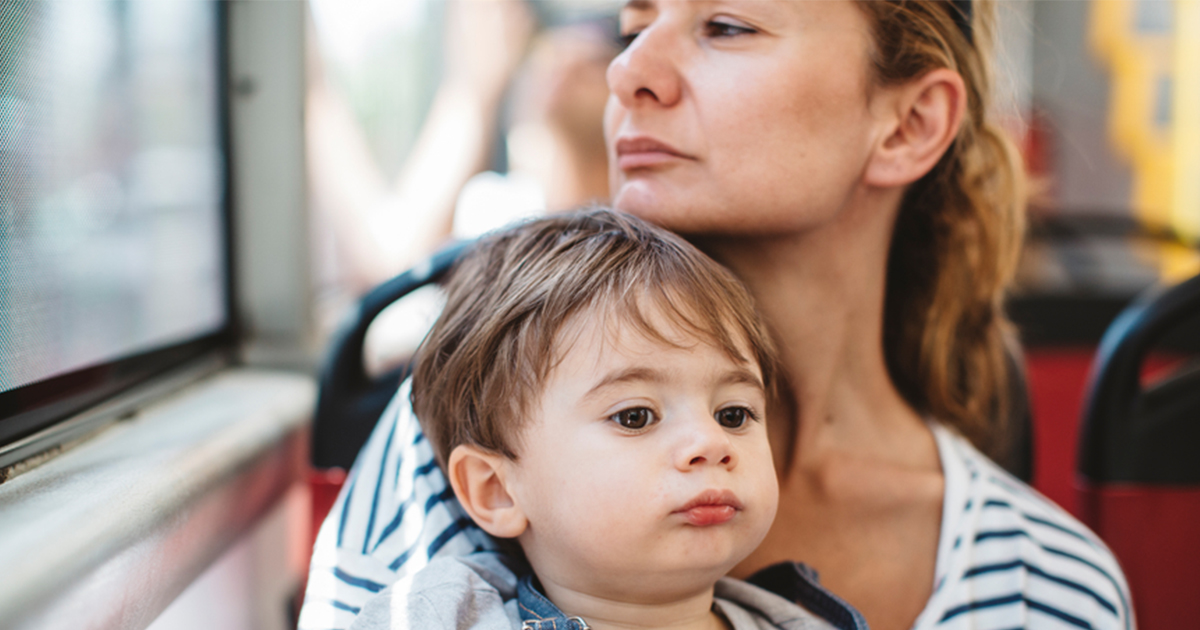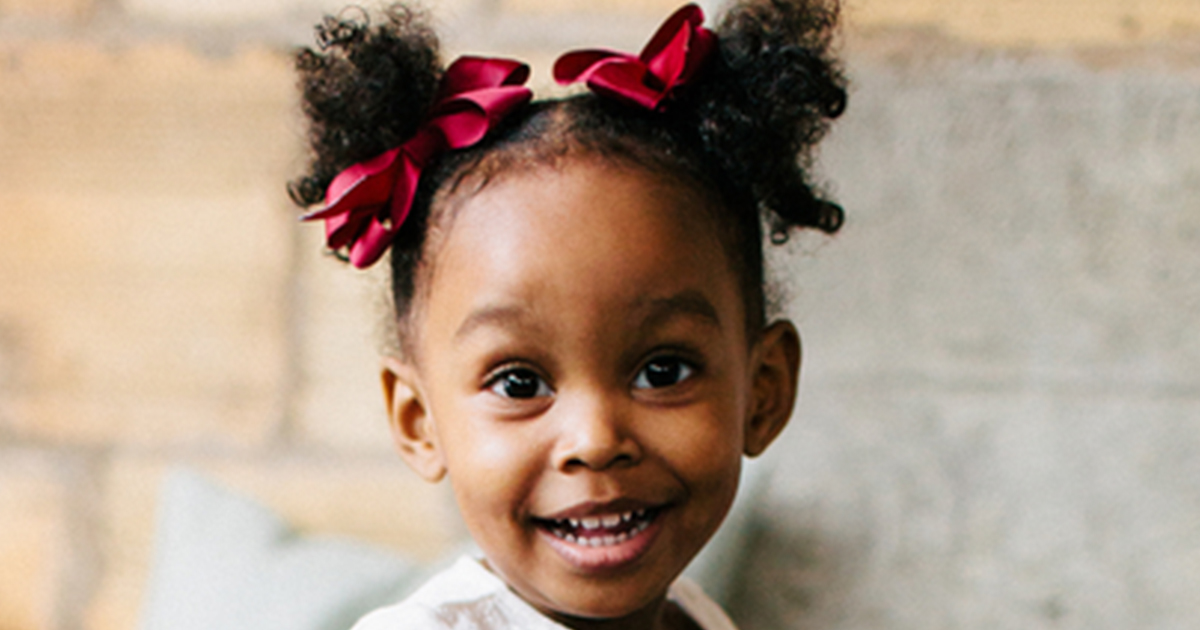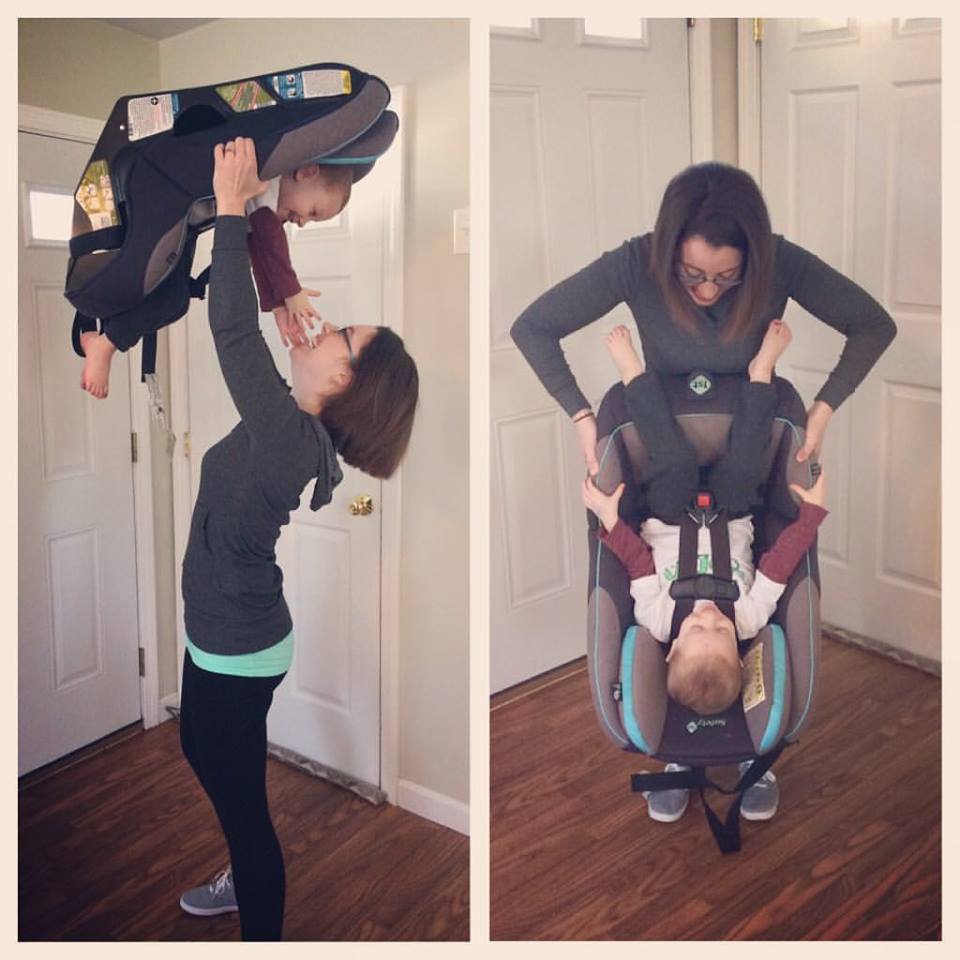Mom's Viral Photos Perfectly Illustrates the Importance of Car Seat Safety

By:
One mom just nailed the importance of child car seat safety in her now-viral Facebook post which has been shared almost 50,000 times.
 Stocksy/Nasos Zovoilis - stocksy.com
Stocksy/Nasos Zovoilis - stocksy.com
“After strapping your child into their car seat, ask yourself if you'd be comfortable flipping it upside down,” Rachel McNamara wrote in the post, which features a photo of her holding her child’s car seat above her head with the child strapped in, as well as tipping the seat upside-down to prove the value of appropriate tightening in child seat straps.
This post has sparked a discussion across social media about the importance of safe, secure car seats for children of all ages. McNamara later edited her post to include tips and resources for car seat strap placement, fitting, and appropriate seat choices.
 Stocksy/Kristen Curette Hines - stocksy.com
Stocksy/Kristen Curette Hines - stocksy.com
Child car safety comes down to two main points - according to Dr. Benjamin Hoffman, a pediatrician at Oregon Health Sciences University and a Certified Car Seat Technician under the national highway traffic safety administration - positioning and harnessing the child within the seat, and installing the seat in the vehicle.
“The first step has to be that it’s the right seat for the child, meaning that it’s appropriate for their weight and length,” Hoffman told ATTN:. “The basic principles are, you want to stay rear-facing as long as possible up the limits of the weight and length limits, but until at least age two.” Hoffman also reiterated the importance of following manufacturer instruction when fitting a child into a seat.
 Rachel McNamara/Facebook - facebook.com
Rachel McNamara/Facebook - facebook.com
The importance of safe, well-fitting child seats is paramount, considering that road injuries are the number one contributor to unintended child deaths in the United States, according to Safe Kids Worldwide, an organization founded by Children’s National Health System.
The greatest child safety concern comes from the force that may be experienced by a child in a car accident, Hoffman explained.
“A 10-pound child in a 30 per mile crash will experience about 450 pounds of force. All of that force is going to be applied to that baby. So we have to get rid of all of that force in a way that’s not going to injure the baby,” Hoffman said. “To do this, the force needs to be spread across the widest possible surface area, to decrease risk of injury. Rear-facing is so much more effective because it spreads the force of a crash across the entire backside of the child.”
With a front-facing child seat, the harness system also works to distribute force more evenly than a traditional car seat belt.
It’s also important to attach the child as tightly to the car as possible. “The car is actually going to do a lot of work in terms of dissipating the energy and the force. And if the car does the work, then the human body doesn’t have to,” Hoffman said.
"Child restraint systems are often used incorrectly. An estimated 46 percent of car and booster seats (59 percent of car seats and 20 percent of booster seats) are misused in a way that could reduce their effectiveness," according to the Centers for Disease Control and Prevention (CDC).
Resources for finding, installing, and using the correct seat for children of different sizes and ages can be found through the National Highway Traffic Safety Administration and Safe Kids Worldwide.
